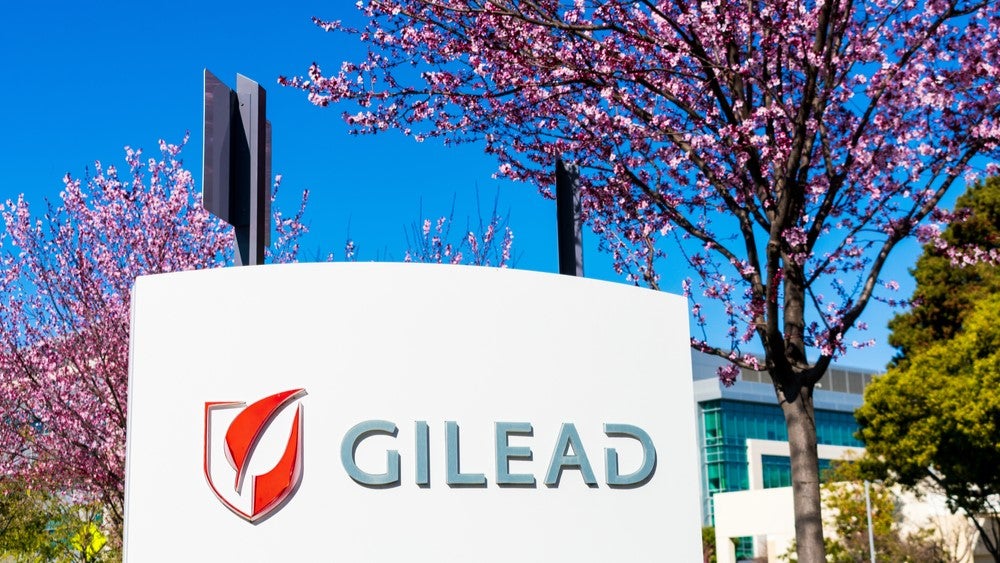
Akebia Therapeutics’ chronic kidney disease (CKD)-associated anemia-targeting agent vadadustat may have difficulty avoiding a boxed warning without a safety comparison to placebo.
While the Phase III trial’s design of noninferiority to active control, an erythropoietin-stimulating agent (ESA), may give a more clinically significant picture of vadadustat’s efficacy profile, noninferiority to an ESA may mean it carries similar safety warnings for cardiovascular risk.
The trial design shows vadadustat in contrast to its competitor, AstraZeneca / FibroGen’s roxadustat, which has established noninferior efficacy and safety in comparison to a placebo in nondialysis-dependent (NDD) CKD patients, as per recent data presented at the American Society of Nephrology (ASN) conference. The roxadustat data could mean the drug has a chance to avoid having a boxed warning for cardiovascular events.
An analyst report expected roxadustat’s approval after the release of the ASN data, but also noted it would warrant a significant postmarketing safety study and risk mitigation being included on the label. However, experts found the data encouraging enough to note roxadustat had decent chances of avoiding a boxed warning.
Some experts were optimistic about vadadustat establishing noninferior efficacy based on early data and a potential class effect, but others were cautious given the short-term data. While Phase III Japanese data gave a positive signal in terms of efficacy, a second analyst and some experts highlighted the challenges of patient characteristics and effect sizes when considering that data as a confirmation of vadadustat’s efficacy and safety.
Topline data from Phase III INNO2VATE (NCT02865850) and (NCT02892149), as well as Phase III PRO2TECT (NCT02680574) and (NCT02648347), for vadadustat are expected in 2Q and mid-2020, as per the company’s 3Q19 financial results. The INNO2VATE programme focuses on DD-CKD patients, while PRO2TECT is centered on NDD-CKD.
How well do you really know your competitors?
Access the most comprehensive Company Profiles on the market, powered by GlobalData. Save hours of research. Gain competitive edge.

Thank you!
Your download email will arrive shortly
Not ready to buy yet? Download a free sample
We are confident about the unique quality of our Company Profiles. However, we want you to make the most beneficial decision for your business, so we offer a free sample that you can download by submitting the below form
By GlobalDataWorldwide vadadustat revenues are estimated to be more than $1.5bn by 2025, according to a third analyst. Vadadustat data is anticipated to be more clear-cut than that of its competitor roxadustat prior to the ASN release, the third analyst added. Akebia did not provide a comment.
Placebo or comparator considerations for safety and efficacy
The PRO2TECT trials in NDD-CKD patients do not compare vadadustat to a placebo, which could be a problem if only noninferior safety is established to ESAs in the NDD-CKD population, said Dr Jay Wish, professor of Clinical Medicine, Division of Nephrology, Indiana University, Indianapolis. This could lead to assumptions of a similar safety profile to ESAs and a boxed warning, Wish added.
A boxed warning outlining increased mortality, serious cardiovascular and thromboembolic events and tumour progression has been added to ESAs, such as Amgen’s (NASDAQ:AMGN) Aranesp (darbapotein alfa) in 2007.
While a hypoxia-inducible factor (HIF) inhibitor class effect in terms of efficacy could apply to vadadustat, it would need supportive safety data, as seen with roxadustat, to avoid the boxed warning, said Wish. It is necessary to be cautious when attributing a class effect among HIF inhibitors for safety, said Dr Robert Provenzano, chief medical officer, Nephrology Practice Solutions, DaVita Kidney Care, Denver, Colorado, an investigator on the Phase III (NCT02052310) Himalayas roxadustat study and Dr Francesco Locatelli, head, Department of Nephrology, Dialysis and Renal Transplant, A.Manzoni Hospital, Lecco Italy. There is a historical precedence of different morbidity and mortality among the ESAs, Provenzano noted.
In contrast to vadadustat’s potential to have a boxed warning, it is unlikely that the FDA would give roxadustat such a warning after requiring a placebo-controlled study design, which resulted in a noninferiority result, said Dr Daniel Coyne, professor of Medicine, Washington University, St Louis, Missouri, who has consulted with AstraZeneca in the past.
Roxadustat’s data has indicated it is safe compared to placebo. Since it is a completely different drug compared to ESAs, it should be treated as such in terms of labelling, said Provenzano. The roxadustat data is adequate evidence to support its use without the boxed warning, agreed Coyne. A pooled analysis of six studies in NDD-CKD and DD-CKD indicated roxadustat did not increase the safety risk of a major cardiovascular event (MACE), MACE+ and all-cause mortality when compared to either placebo in NDD-CKD patients or epoetin alfa in DD-CKD patients, as per an 8 November press release.
The first analyst pointed to the hazard ratio (HR) of 1.04–1.08 of roxadustat compared to placebo in NDD-CKD patients as controversial in terms of establishing safety. However, this was according to a statistical design approved by the FDA, and was, therefore, a standard HR for such a trial, Provenzano said. The data was adequate to establish roxadustat’s safety and efficacy in NDD and DD CKD patients, Coyne said.
Class effect on efficacy, Japanese data encouraging but not enough
Vadadustat’s efficacy is certainly based on the Phase II studies, said Wish. Locatelli also expected positive efficacy results with all HIF inhibitors, including vadadustat, based on early data. In a 210-patient Phase IIb NDD-CKD study (NCT01906489), the primary endpoint of a mean hemoglobin (Hb) level of 11.0 g/dl or more or a mean Hb increase of 1.2 g/dl or more over the predose average was met in 54.9% of patients on vadadustat and 10.3% of patients on placebo (Pergola et al; Kidney Int. 2016 Nov;90(5):1115–1122).
While vadadustat was initially said to be more specific due to greater HIF2 specificity, it is not clear if that makes a difference in terms of clinical outcomes, said Wish.
A Phase III Japanese study did not fully convince experts of efficacy, as they noted there were differences in non-Asian populations. In a 304-patient Phase III Japanese study comparing vadadustat to Aranesp, the difference in mean Hb was -0.26 g/dL (95% CI -0.50, -0.02 g/dL), which achieved the prespecified noninferiority criterion of -0.75 g/dL. While the trial established noninferiority, it is not exactly clear if vadadustat will eventually be comparable, noninferior to ESAs or worse by a certain degree, said Dr Nicole Stankus, associate professor of medicine, Nephrology, University of Chicago Medicine. While the data was not inferior to Aranesp, the efficacy in Hb level change for a patient would depend on the starting Hb, she added. ESAs are medications which stimulate the bone marrow to make red blood cells.
It is difficult to extrapolate from the Japanese data because these patients tend to use lower doses of erythropoietin or ESAs than the patients in the US, said Wish. Also, the available data is not statistically robust enough in terms of patient numbers and study duration to draw conclusions about the impact on MACE events, said Wish. Since these are event-driven studies, not enough events will likely occur in small, short studies, said Wish. The primary endpoint in the Japanese studies was set at 24 weeks, but Akebia presented 52-week data at ASN.
While the Japanese data showed vadadustat was effective, it did not provide any new information, Locatelli said. There is some debate on how generalisable the data can be, given the differences between Japanese and ex-Japanese patients, he added.
by Manasi Vaidya in New York
Manasi Vaidya is a Senior Reporter for Clinical Trials Arena parent company GlobalData’s investigative journalism team. A version of this article originally appeared on the Insights module of GlobalData’s Pharmaceutical Intelligence Center. To access more articles like this, visit GlobalData.









Related Company Profiles
ASN
DaVita Kidney Care
ESA, Inc.
Nephrology SA
Nephrology Practice Solutions LLC